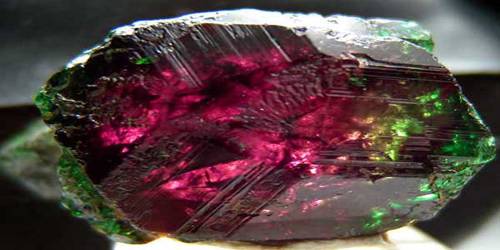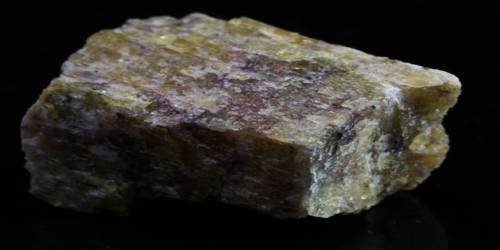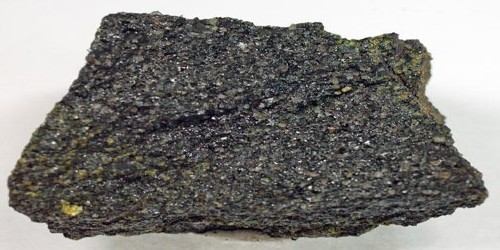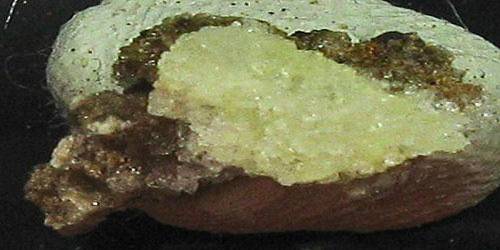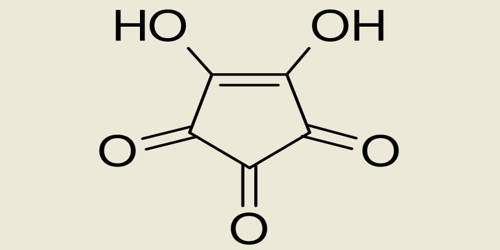Alexandrite
The alexandrite variety displays a color change (alexandrite effect) dependent upon the nature of ambient lighting. Its glamorous history and beauty have likely contributed to its mystique in the public imagination. Alexandrite effect is the phenomenon of an observed color change from greenish to reddish with a change in source illumination. They are well-known for displaying one of the most remarkable color changes in nature.
Alexandrite was first discovered in the 1830s in Russia’s Ural Mountains and named after the future Czar of Russia, Alexander II. Red and green were Imperial Russia’s national colors, increasing demand for the gemstone and eventually depleting the supply found in the Urals.
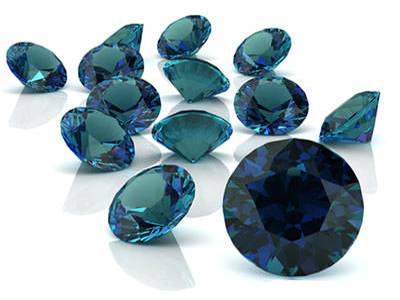
Properties:
- Color: Purple, Blue, Grey, Green, Yellow, Red, Pink
- Luster: Vitreous
- Birthstone zodiac sign: Gemini
- Associated month: June
- Crystal system: Orthorhombic crystal system
- Chemical formula: BeAl₂O₄
- Hardness (Mohs hardness scale): 8.5
Stones that show a dramatic color change and strong colors (e.g. red-to-green) are rare and sought-after, but stones that show less distinct colors (e.g. yellowish green changing to brownish yellow) may also be considered “alexandrite” by gem labs such as the Gemological Institute of America.
Occurrence
Alexandrite has since been found in other parts of the world, including Sri Lanka, India, Madagascar, and Brazil. But it’s important to note that many of the newly found gems are not as vividly colored as the Russian gemstones and do not change color as dramatically.
Alexandrite results from the small-scale replacement of aluminum by chromium ions in the crystal structure, which causes intense absorption of light over a narrow range of wavelengths in the yellow region (580 nm) of the visible light spectrum.
Alexandrite 5 carats (1,000 mg) and larger were traditionally thought to be found only in the Ural Mountains, but have since been found in larger sizes in Brazil. Other deposits are located in India (Andhra Pradesh), Madagascar, Tanzania, and Sri Lanka. Alexandrite in sizes over three carats are very rare.
Information Source:
